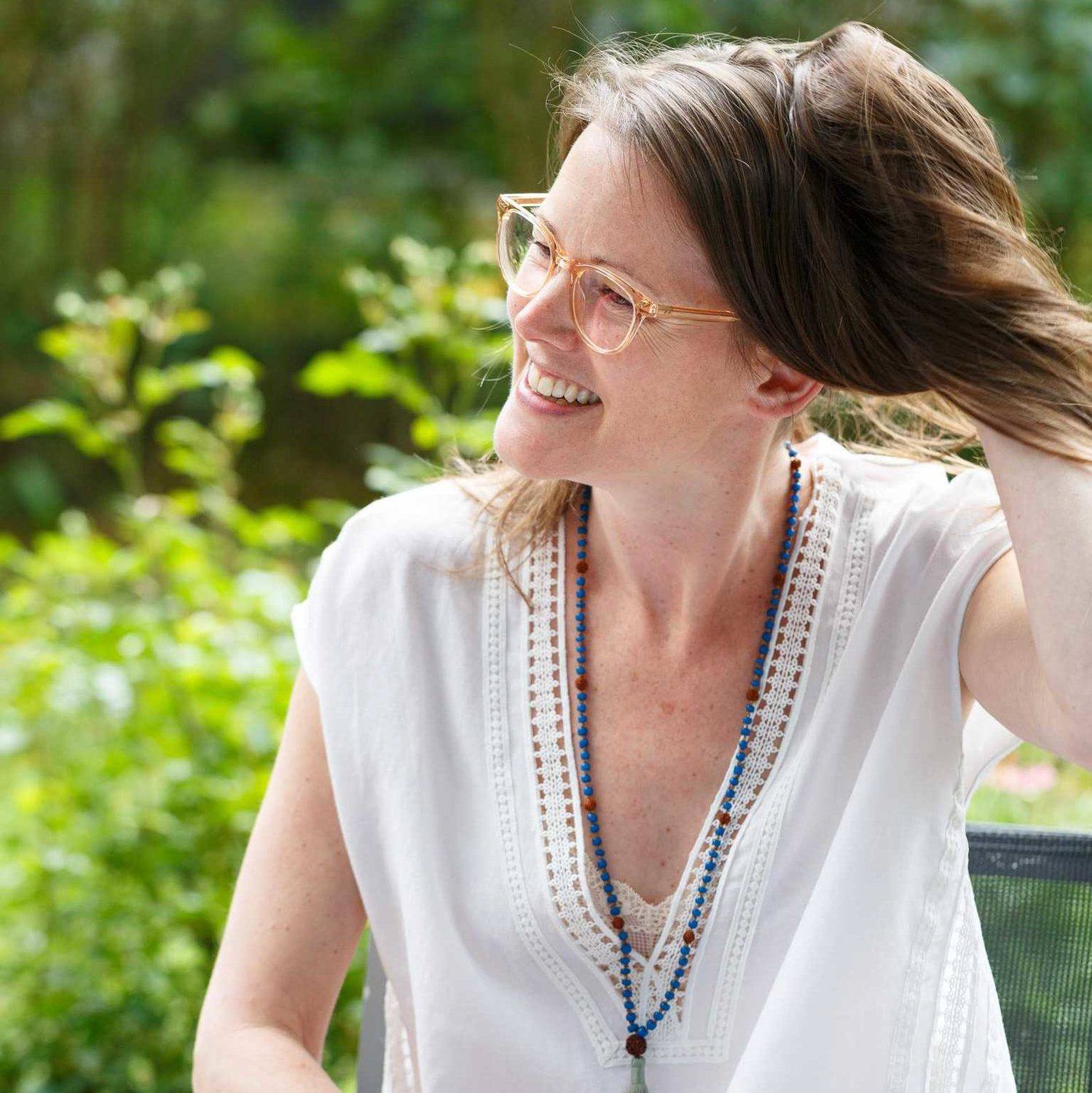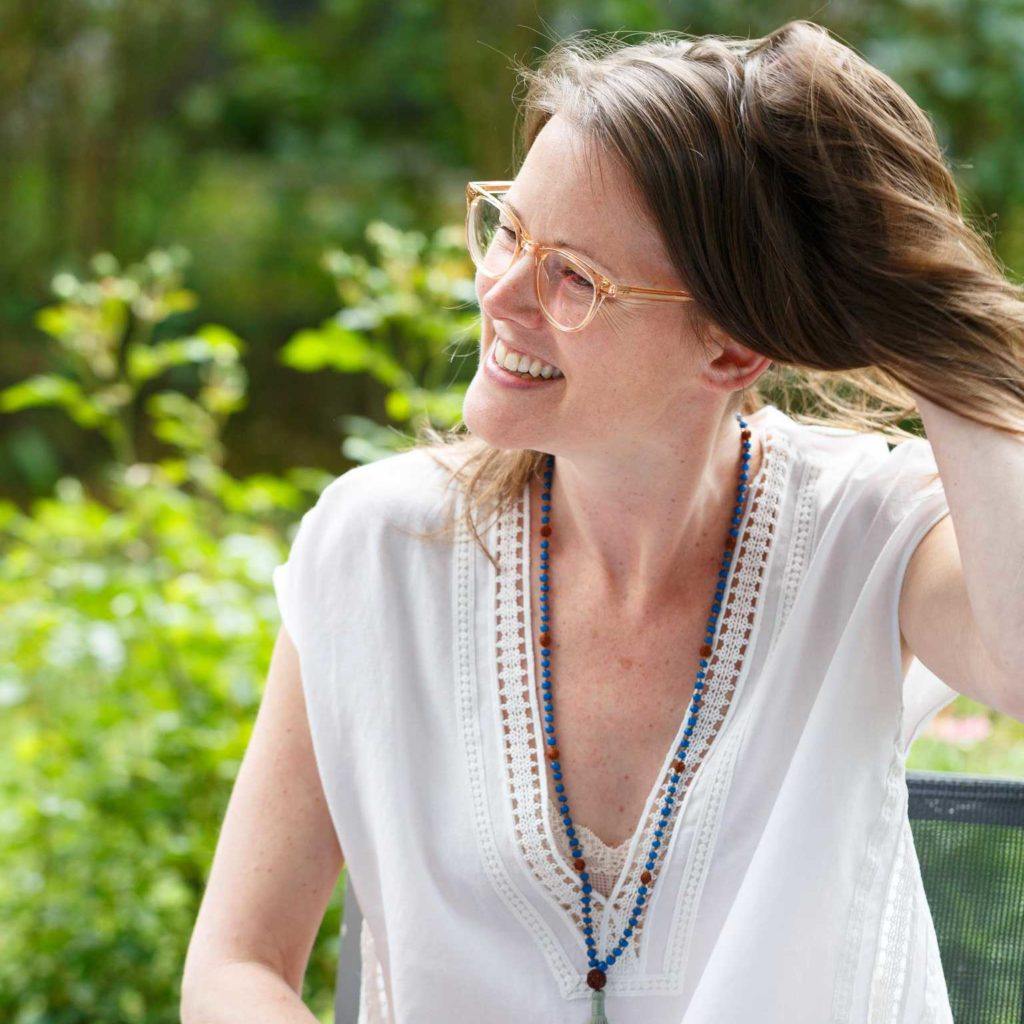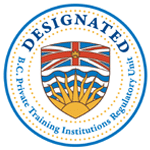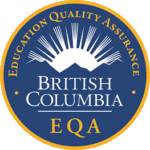

“As an RMT, I’d always incorporate therapeutic exercises for my clients to take home to improve their strength, flexibility or coordination but often found that people didn’t do them. I was trying to inspire but found myself unable to offer a range of things that were effective,” she said.
Lisa noticed some common patterns in clients who spent too much time seated: shortened hip flexors, tightened chests and tension into the arms. “I realised the fascia was a way to connect into that tightness and support it to release. I took courses, did some research, inquired into my own body and started to develop different movement exercises and self-massage techniques to bring the fascia into the focus,” she said.
Using props, such as soft balls and blankets along with gentle hands-on work, Lisa encourages people to move into a subtler, gentler relationship with their bodies. “I want people to become aware of the fluid dynamics in their body and to embody the gel-like, visco-elastic qualities that the fascia possesses,” Lisa said.
A self-confessed anatomy geek, Lisa always introduces a small component of theory in her classes to give students a visual idea of what they are working with and why. “If somebody is struggling to make progress on their tight hamstrings, for example, we first need to understand how they relate to the rest of the body. We can then invite the connective tissue to come into a more fluid like form by doing mindful multi-vectored movement not only with the hamstrings directly, but also involving other related tissues,” she said.
Lisa believes the reason fascia has been overlooked for so many years is due to its vast and omnipresent nature in the body. “There are a number of different models and ways of looking at and understanding the fascia. For me what’s really captivating is the paradoxical nature of the tissue. If you look at it on a microscopic level it’s very delicate and sensitive but then it has this tremendous strength and potency like a body of water,” she said.
Lisa is looking forward to teaching people the tools to help soften, release and find openness in their bodies in her Myofascial Release & Movement course which is being offered from July 20-22, 2018 at the Vancouver School of Healing Arts. The course is open to the public and is beneficial for yoga & pilates teachers, RMTs, massage practitioners and bodyworkers and non-professionals seeking to deepen their personal movement practice.





